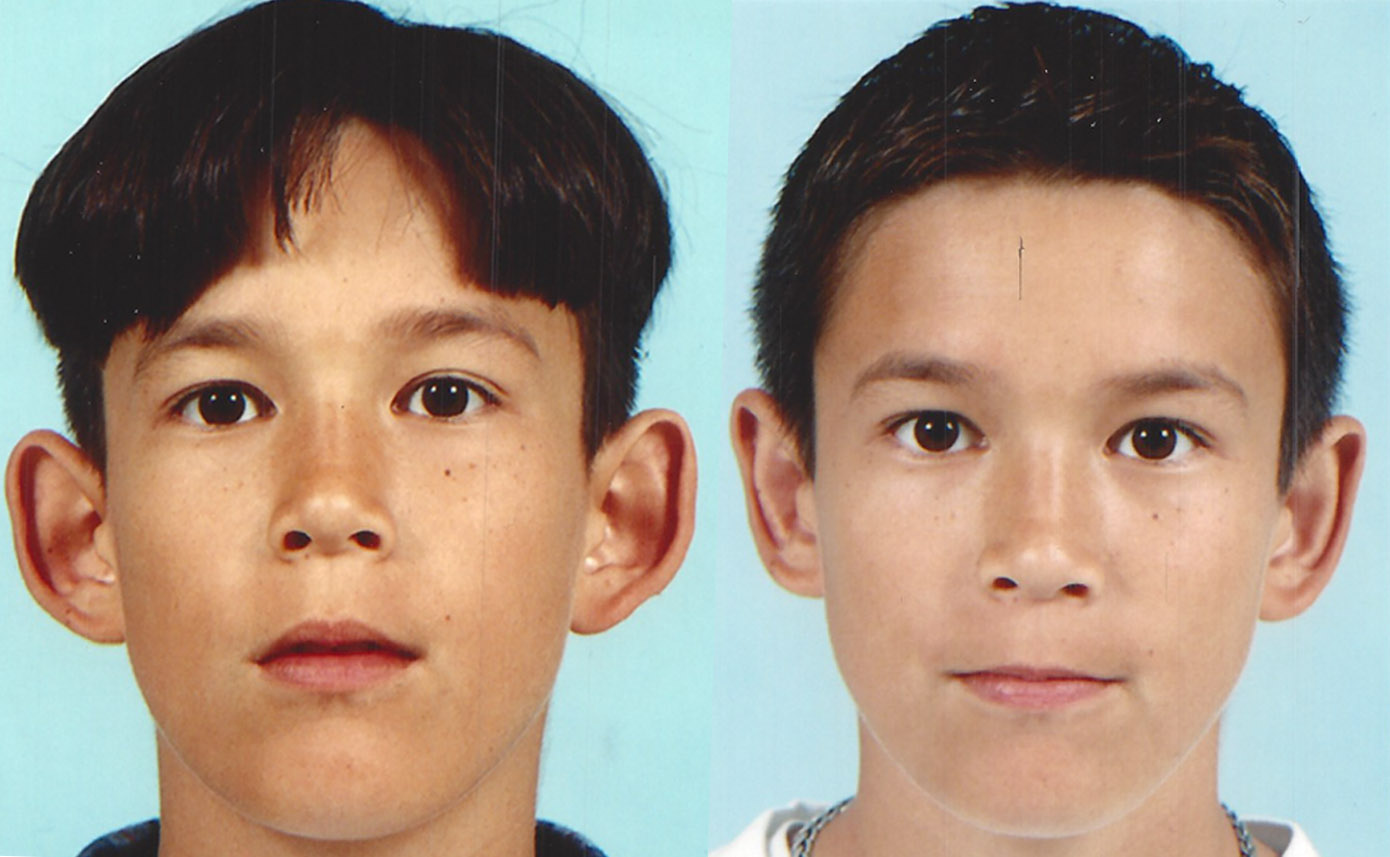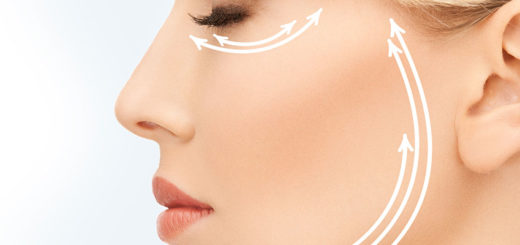Everything you need to know about Liposuction
Liposuction removes fat from your body using suction. During liposuction small, thin, blunt-tipped tubes are inserted through tiny cuts in the skin. Fat is suctioned out through these tubes as the doctor moves the tubes around under the skin to target specific fat deposits.
Ultrasound-assisted liposuction is the technique which uses ultrasound to melt the fat and liquefy it, making it easier to remove. This technique may be particularly helpful in removing fat from the neck, upper abdomen, sides and back.
Liposuction is usually done as an outpatient procedure in a properly equipped doctor’s office, ambulatory surgery center or hospital. In general, it does not require overnight hospital stay unless a large volume of fat is being removed. Local anesthesia is used in some cases. And you may or may not be given a sedative to help you relax. If a large area or volume is going to be treated, general anesthesia or deep sedation with a local anesthetic may be used.
What to Expect after Treatment is Completed

After the procedure, the area of the body that was treated is firmly wrapped to help reduce swelling, bruising and pain. Elastic bandages and tape, support hose, a special girdle or another type of firm-fitting garment may be used depending on which part of the body was treated. You may have to wear the compression garment or wrap for 3 to 4 weeks. Expect a lot of bruising and swelling for at least the first 7 to 10 days.
Fluid may drain from the incision sites for several days. Antibiotics may be prescribed to reduce the risk of infection.
Most people are able to get up and walk around and do small tasks by themselves after the treatment is completed and after the effects of the anesthesia and any sedation have worn off. You can return to your normal activities as soon as you feel comfortable although this may take several days to a few weeks.
Why It is Done
The main purpose of liposuction is to reshape one or more areas of your body, and is not a surgery to lose weight. Liposuction is usually performed on areas which have not responded to diet and exercise. These areas are often on the outer thighs and hips on women and the waist and back on men. The face, neck, abdomen, back, buttocks, legs and upper arms are all commonly treated areas.

Liposuction is sometimes used in combination with other cosmetic surgery procedures, such as tummy tuck, breast reduction or face-lift.
How well it works
Liposuction is usually very effective at removing fat deposits in small areas. But if you regain weight after having liposuction, the fatty bulges that were removed are likely to return or may appear in a different place.
Some improvement in body contour is usually noticeable right after surgery. And improvement may continue for several weeks or even months as the swelling goes away. The full effects of having liposuction may not be visible for several months to a year.
Liposuction generally does not tighten the skin over the treated areas. After the fat is removed, the skin around the area will become a little loose. It may take upto 6 months for the skin to tighten around the treated area. Some people’s skin is very elastic and retracts more quickly than other people’s skin. Younger skin tends to have greater elasticity than older skin.
Risks
Having more than one area treated, or having a very large area treated, may increase the risk of complications during or after the procedure.
Common side effects of liposuction include:
- Temporary swelling, bruising, soreness and numbness in and around the treated areas.
- Irritation and minor scarring around the incision sites where the cannulas were inserted.
- Baggy or rippling skin. The skin will usually tighten and retract after a few months. But in some people the skin may remain somewhat loose.

Other Side Effects which occur in certain cases:
- Permanent color changes in the skin.
- Uneven skin surface over the treated area.
- Damage to the nerves and skin. The heat generated during ultrasound-assisted liposuction may burn the skin or damage the tissue under the skin, burn the skin or damage the tissue under the skin.
If you gain weight after having liposuction, your body may store the new fat in a different place in the body than where you had fat cells removed. New fat can grow deep inside your body, around your organs, such as heart or liver. This type of fat can be more harmful to your body than fat that is stored near the surface of your body, such as on your hips or thighs.
Dr. Ashok Pandey from Bombay Cosmetic Clinic is a celebrated and revered personality in the field of cosmetic surgery. Currently conducting his cosmetic and aesthetic surgery practice in Navi Mumbai, he is associated with number of leading hospitals across the city where he regularly imparts his services to the needy.
Such is his expertise in his field of knowledge that he has successfully conducted more than thousand cosmetic practicing in South Mumbai and Navi Mumbai and plastic surgeries in his career so far.
For consultation call – 099307 31109 / 022 27801101


